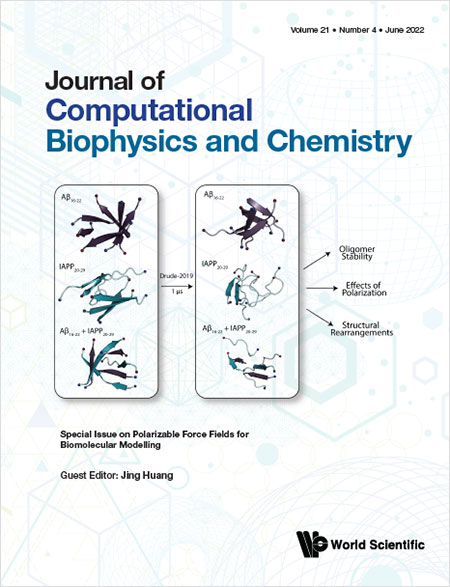High-Order Ab Initio Valence Force Field with Chemical Pattern-Based Parameter Assignment
Abstract
Bonded (or valence) interactions, which directly determine the local structures of the molecules, are fundamental parts of molecular mechanics force fields (FFs). Most popular classical FFs adopt the simple harmonic models for bond stretching and angle bending and ignore cross-coupling effects among the valence terms. This may lead to less accurate vibrational properties and configurations in molecular dynamics (MD) simulations. AMOEBA models utilize an MM3(MM4)-style bonded interaction model, in which the vibrational anharmonicity, the coupling effects among different energy terms, and the out-of-plane bending for sp2-hybridized atoms are considered. In this work, we report the development of bonded interaction parameters for a wide range of chemistry based on quantum mechanics (QM). About 270 atomic types defined by SMARTS strings were used to model the valence interactions. Our results indicate that the resulting valence parameters produce accurate vibrational frequencies (RMSD from QM is less than ∼36.6cm−1) over a large set of molecules with diverse functional groups (445 molecules). By contrast, the harmonic models usually give an RMS error greater than 60cm−1. Meanwhile, this model accurately reflects the potential energy surface of the out-of-plane bending. Our model can generally be applied to the AMOEBA family and any MM3(MM4)-based molecular mechanics FFs.

| Remember to check out the Most Cited Articles! |
|---|
|
Check out our Chemistry New Titles |


